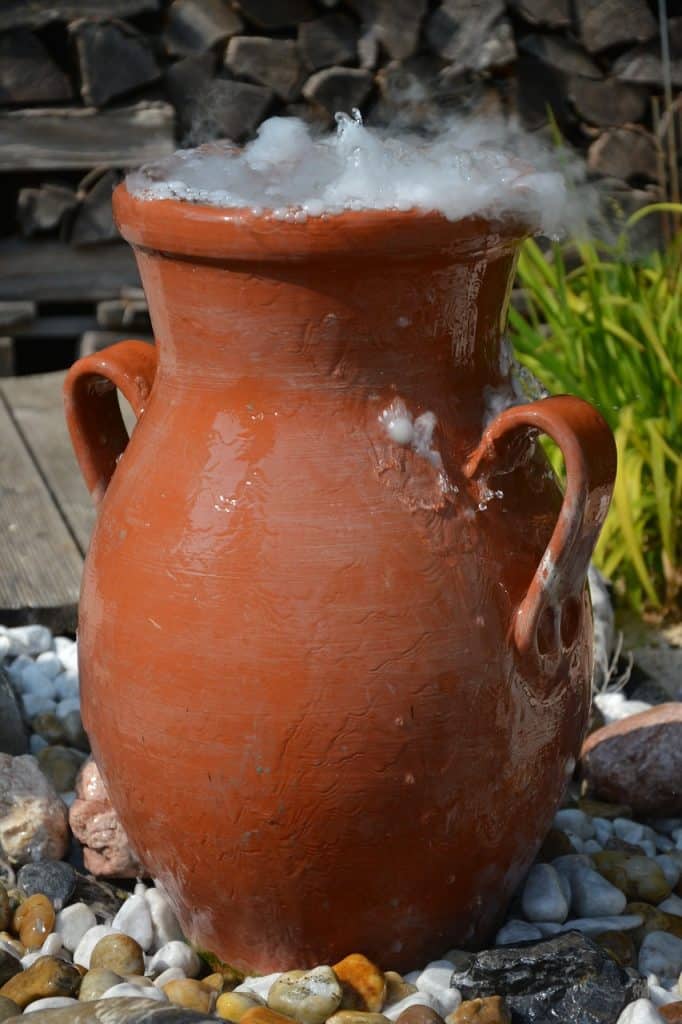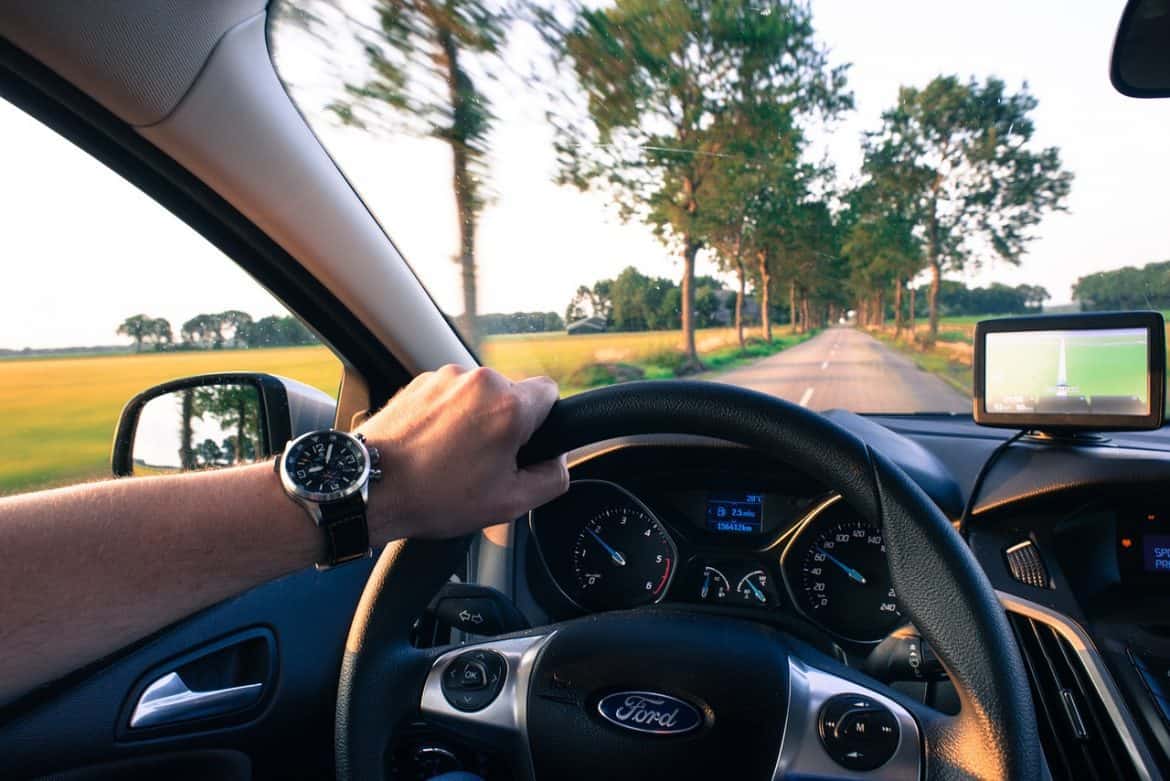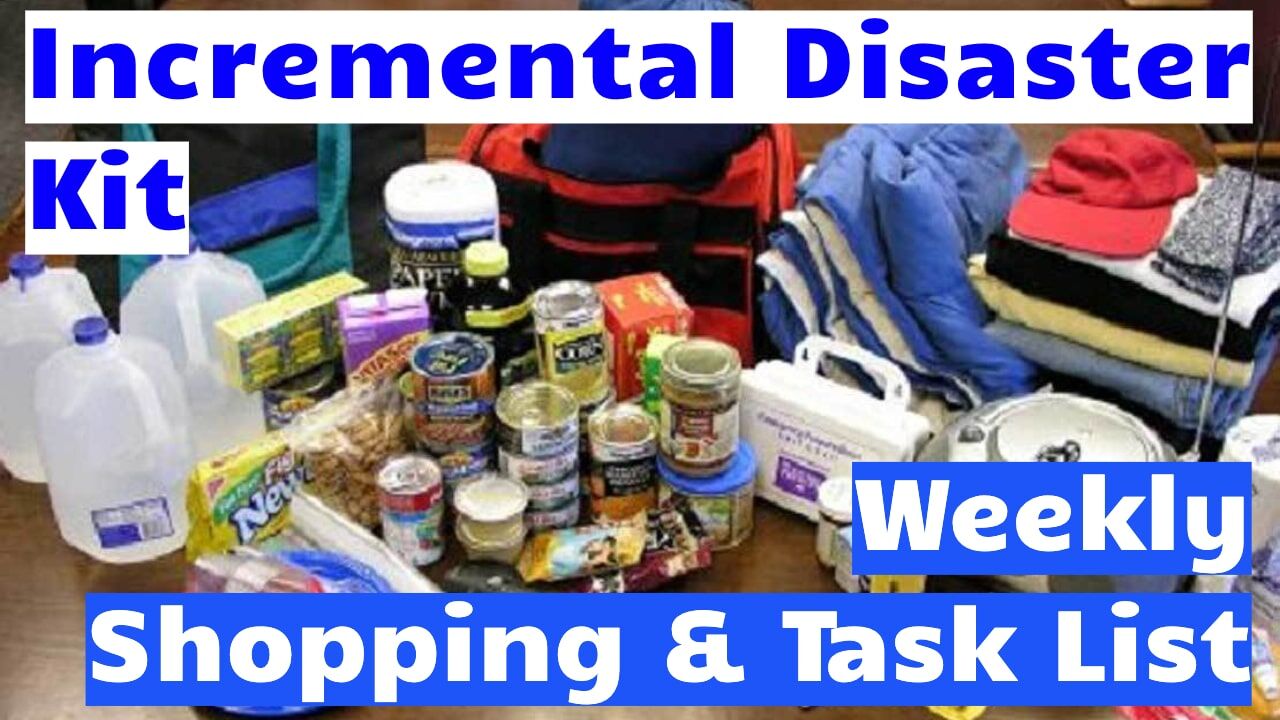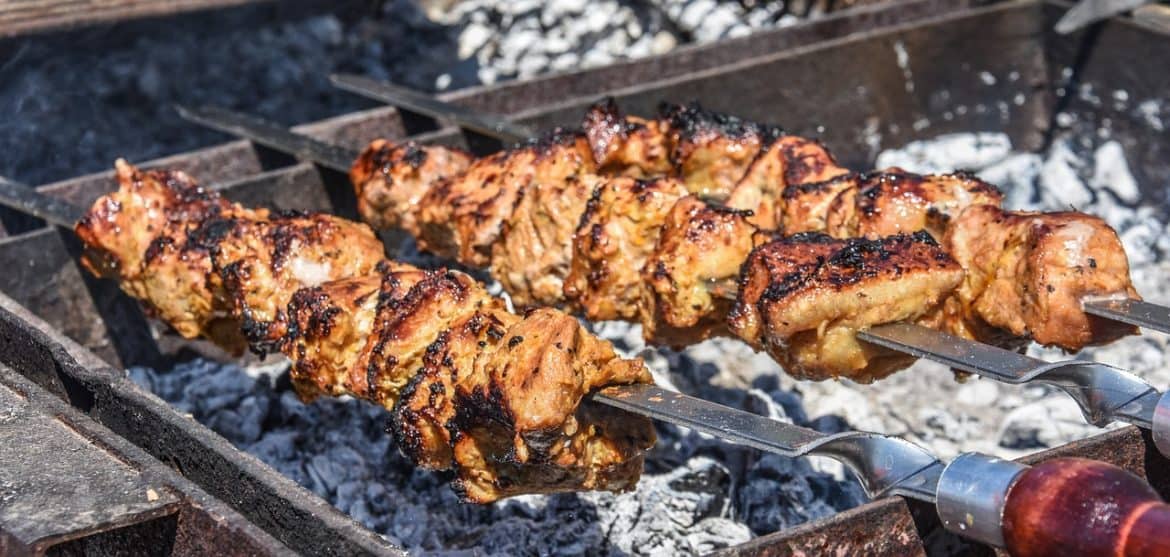Just like street sense, hotel security involves common sense. Never open the door until you know who’s knocking. If the person claims to be an employee, call the front desk to verify the stated name and purpose. I expect that most of the readership of this site has a good handle on the common sense […]
Month: February 2017
Food Storage: How to Store Food With Dry Ice
Knowing how to store food with dry ice is an alternative to method to help preserve your food storage. This method to use dry ice to store food is slightly more complicated than using Oxygen absorbers, but it is cheaper. Additionally, depending on your location, this method is easier to do. This is because most […]
Driving
What’s the right driving position? Head restraint directly behind, but not touching, your head; hands at 3 and 9 o’clock on the steering wheel; seat adjusted so your wrist is just over the steering wheel when you extend your arm. That’s how to tell where to put the seat, not how to drive. If you […]
Outdoor Food Safety
Summertime food may be dangerous! Bacteria like picnics as much as we do, and summer heat will quickly raise the temperature of refrigerated food into the 40s and above – where bacteria grow like, well, bacteria. Outdoor food safety is a must if you don’t want to end your picnic with repeated trips to the […]





